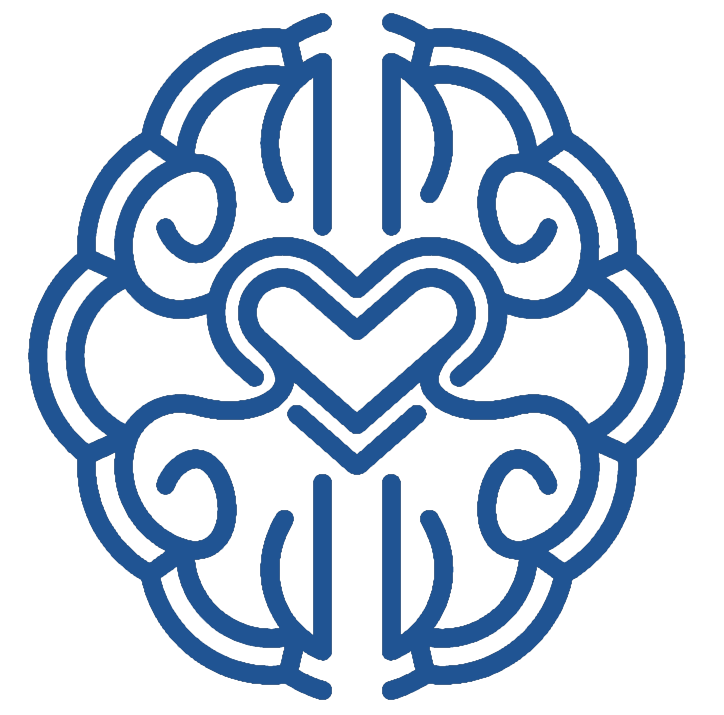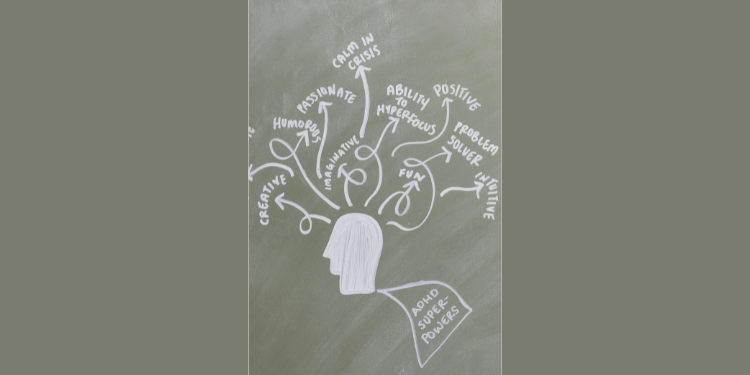The Hidden Edge: How Neurodivergent Traits Drive Innovation
In today’s fast-changing world, innovation isn’t just a competitive advantage — it’s the lifeline of progress. While many organizations focus on conventional talent, an often-overlooked group brings a unique and powerful perspective to problem-solving: neurodivergent individuals. The term “neurodivergent” describes people whose brains work differently than what is considered typical, including those with autism, ADHD, dyslexia, and other cognitive variations (Singer, 1998). Far from being a limitation, these differences can spark groundbreaking ideas and unconventional solutions.
1. Thinking Outside the Box — Literally
One of the greatest strengths of neurodivergent people is their ability to see problems from angles that neurotypical minds may overlook. Studies show that divergent thinking — the ability to generate multiple solutions to a problem — is more prevalent among individuals with ADHD and autism spectrum conditions (White & Shah, 2006). This unique cognitive wiring often means they can identify opportunities hidden in plain sight, making them natural innovators.
For example, Richard Branson, who has dyslexia, credits his success with seeing the “big picture” rather than getting stuck in details. This type of visionary thinking can be invaluable in industries where anticipating future trends is crucial.
2. Hyperfocus and Detail Mastery
While some neurodivergent individuals may find it challenging to focus on certain tasks, many possess the opposite ability — hyperfocus. This intense concentration can lead to exceptional achievements in complex or detail-oriented projects.
Hyperfocus allows for deep problem-solving and mastery of niche areas. In technology, design, and research fields, this can mean spotting errors, optimizing systems, or perfecting innovative solutions that others might miss.
3. Resilience Through Adversity
Neurodivergent individuals often navigate environments designed for neurotypical brains, which requires persistence, adaptability, and resilience. Overcoming these challenges fosters problem-solving skills and creative adaptability — both essential for driving innovation in high-pressure business environments.
Organizations that recognize and harness this resilience can benefit from team members who excel under pressure and adapt quickly to change.
4. Emotional and Social Creativity
While stereotypes may suggest otherwise, many neurodivergent individuals possess exceptional empathy and social insight — it’s simply expressed differently. People with conditions like autism may deeply analyze human behavior, enabling them to create systems, services, or products that meet unmet needs in more human-centered ways.
This unique perspective can result in innovations that not only solve problems but also improve quality of life for others.
5. How Businesses Can Unlock This Potential
To tap into the innovative potential of neurodivergent employees, organizations must foster inclusive environments. Practical steps include:
Flexible work arrangements to reduce sensory overload and increase productivity.
Clear communication tailored to different processing styles.
Strength-based roles that align with each individual’s natural talents.
Research from Deloitte highlights that neurodiverse teams can be 30% more productive in some tasks and bring new perspectives that improve problem-solving speed (Deloitte, 2017).
By embracing neurodiversity, companies not only do the right thing ethically but also gain a strategic advantage in creativity and innovation.
Conclusion
Innovation thrives when multiple perspectives converge. Neurodivergent individuals bring a set of skills, mindsets, and problem-solving approaches that can disrupt conventional thinking in the best possible way. Recognizing and valuing these contributions is not charity — it’s smart business.
The future belongs to those who can see beyond the norm, and neurodivergent thinkers often do just that. By providing inclusive workplaces and valuing different minds, we can unlock a hidden edge that drives progress for everyone.
References
Singer, J. (1998). Odd people in: The birth of community among people on the autism spectrum.
White, H. A., & Shah, P. (2006). Uninhibited imaginations: Creativity in adults with ADHD. Personality and Individual Differences, 40(6), 1121-1131.
Deloitte (2017). Neurodiversity as a competitive advantage. Deloitte Review.

